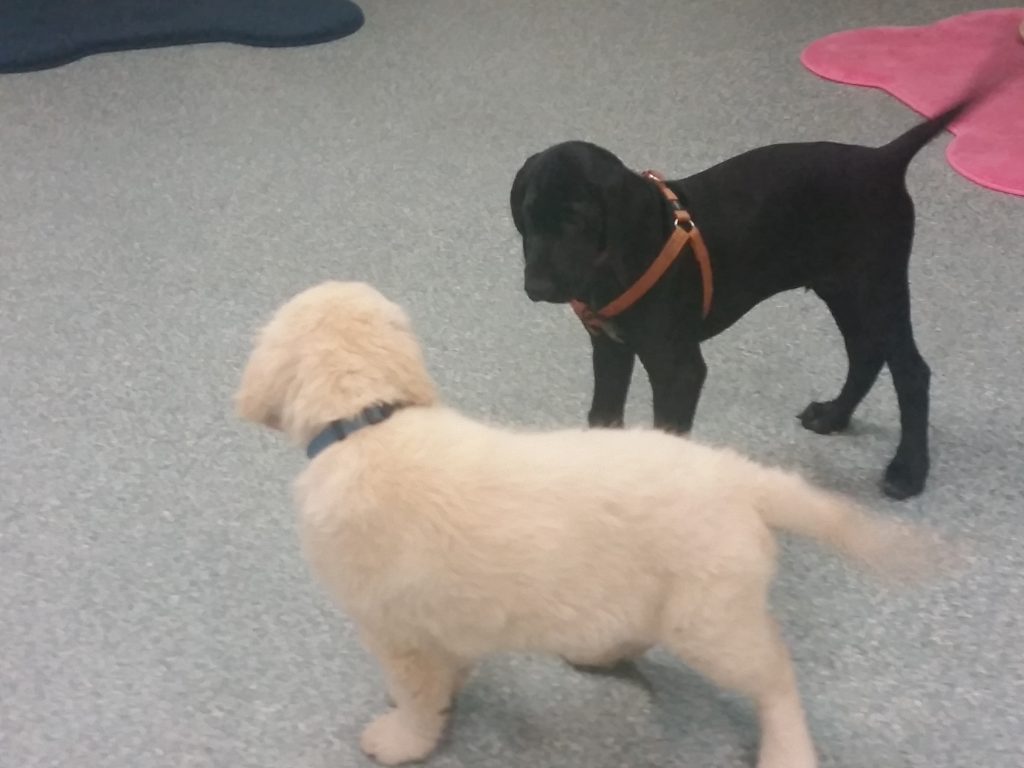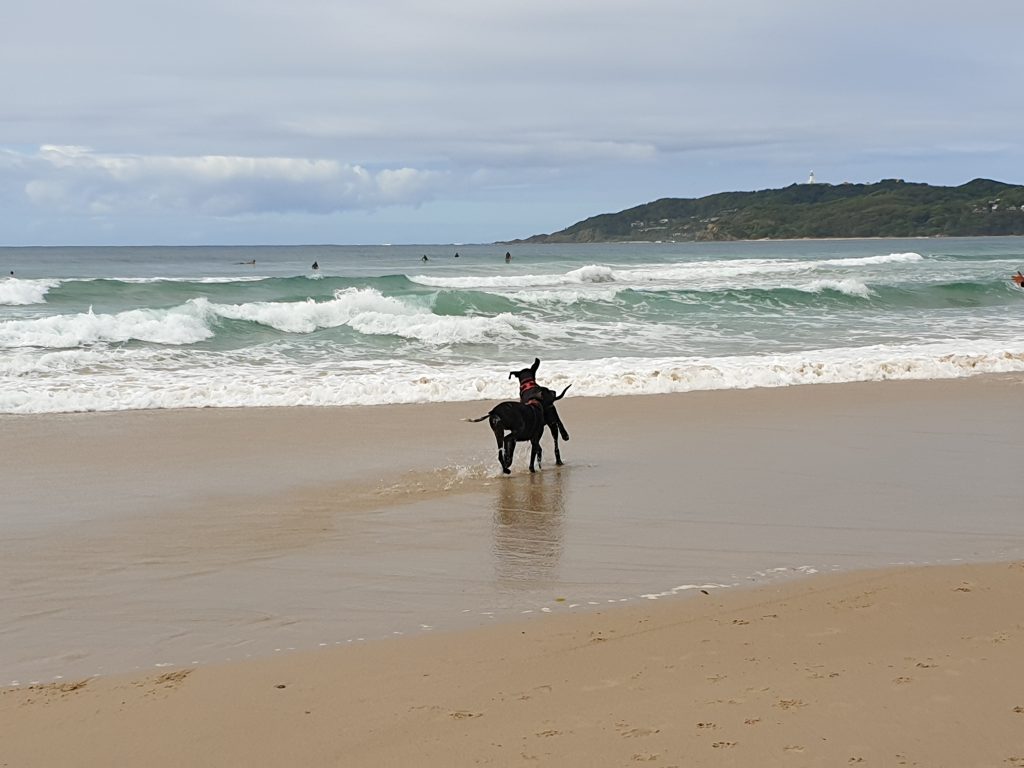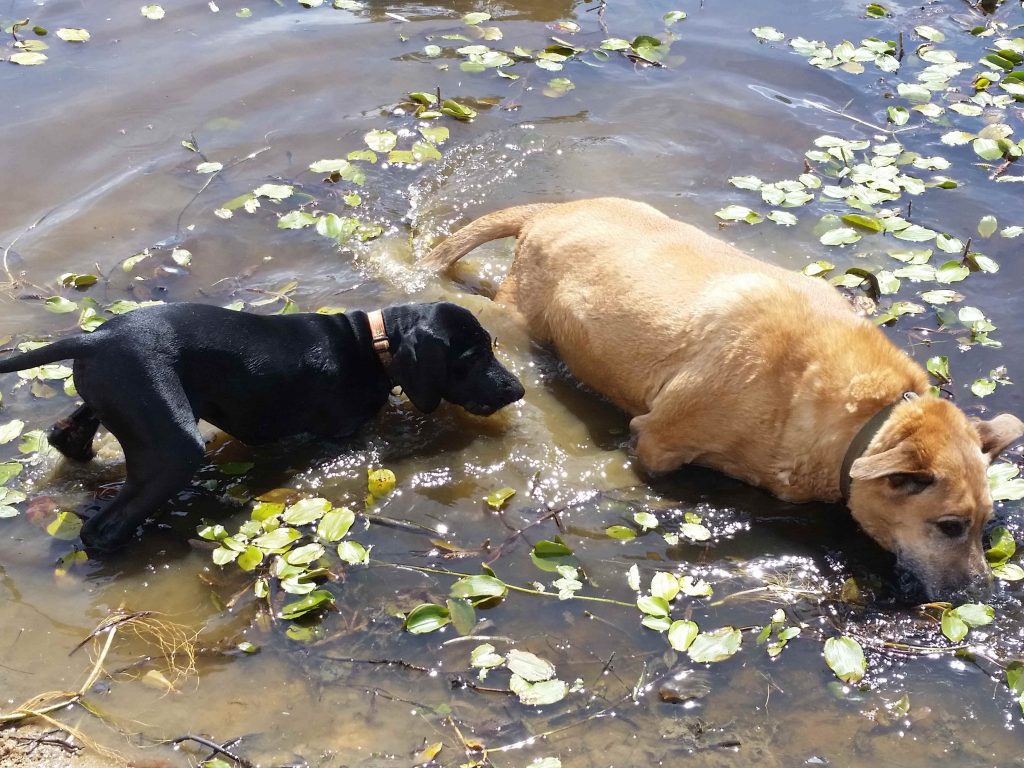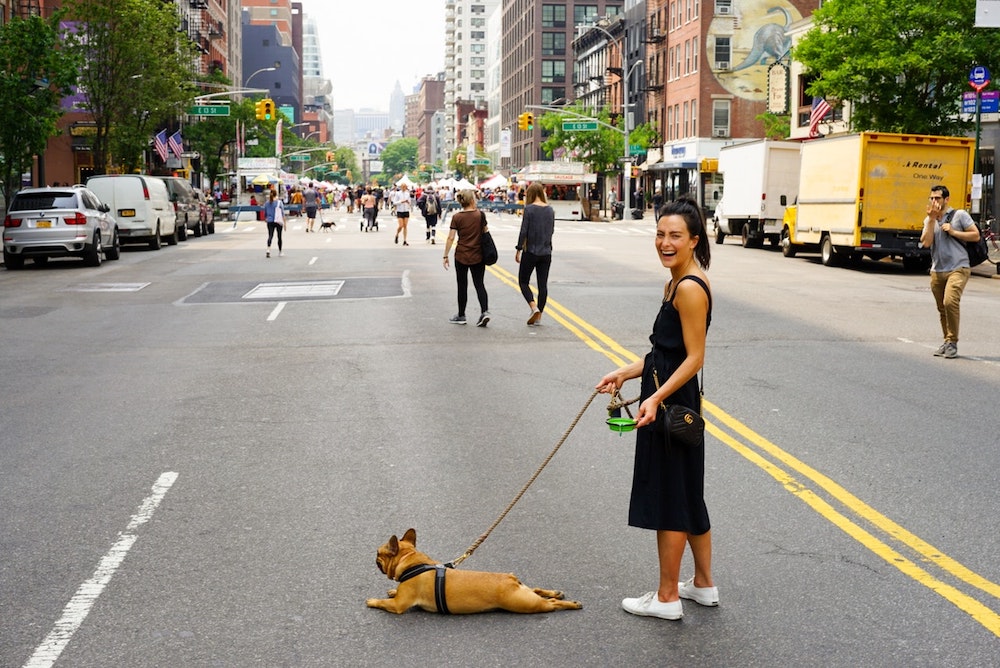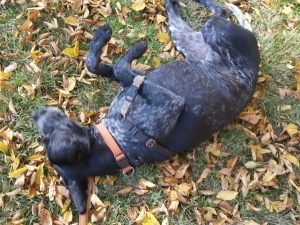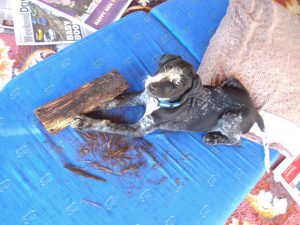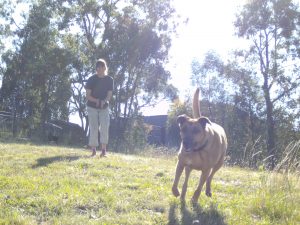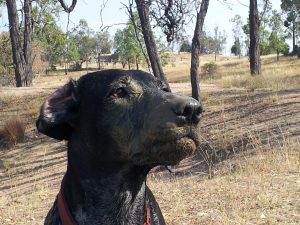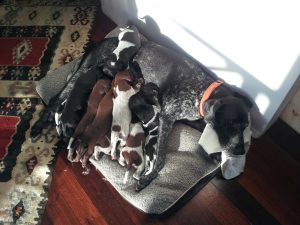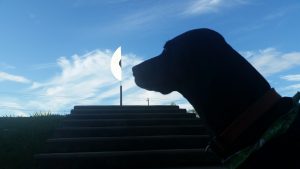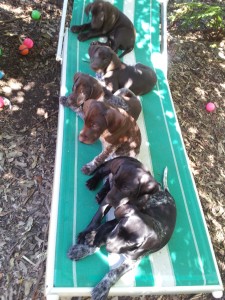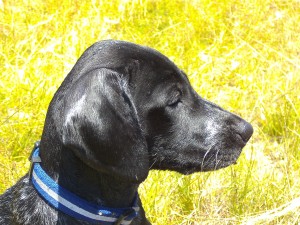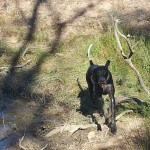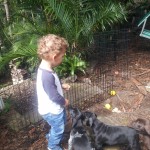We hear a lot about dog socialisation, and it really is essential. So why is it important to socialise puppies and dog? A well-socialised dog has a much better quality of life as they can go to many places, including coffee shops, off-leash beaches and on holidays. Having fun and a fulfilling time with their humans. Socialisation is more than just interaction with other dogs, it is the interaction with new environments, sounds and experiences.
Dogs who are accustomed to a wide variety of people, dogs and environments will also recover quickly if something scares them. They can deal more easily with new situations and stimuli. Depending on the age of the dog, there can be different reasons so socialise your dog, see below.
Puppies
Puppies have what we call a finite socialisation period. What they have not seen by the time they are about 16 to 18 weeks old they might find scary. That is why we need to enrol them into a good puppy school as soon as they arrive in your home from 8 weeks and before they are 14 weeks old.
Once they are older than 14 weeks they are too old to socialise successfully and play off-leash with the other puppies in class. You might want to consider one of our classes for older dogs – a Teenage & Rescue Dog Training Course
Older and rescue dogs – Enrol them in structured activities
Enrol them into our dog training Course for Teenage and Rescue Dogs so you get all the help to settle them in, educate and socialise them in the most appropriate way using best practice and science-based methods.
Another great way to meet other dogs and their humans is through taking up a dog sport such as Agility. We offer Casual & Fun Agility classes for beginners. Many dogs really enjoy these activities. They have the added advantage of strengthening the bond between us and our dogs. Dogs and humans who have fun together stay together!
Start at the beginning (not at the dog park)
Dog parks and off-leash areas are not the best places to start to socialise your dog. These are challenging environments, even for socialised dogs, and require all interaction between dogs to be carefully supervised. Here are my thoughts on the dog park as published in Australian Dog Lover. Initially, your dog should be introduced to other dogs at a puppy pre-school or daycare where interactions are well-managed by qualified trainers and the dogs are set up for success. You should also continue to socialise your dog at a good teenage dog class if they haven’t attended one as yet, or keep going back every year or two (Goodog offers a 50% discount for Teenage Graduates repeating a Teenage Course). Well-run daycare centres with qualified staff can also make a huge difference to the successful socialisation of your dog. Plus find a dog spot both you and your pup enjoys.
Goodog Recommends
At Goodog, we recommend that the lifecycle of your pup should include:
- Puppy Preschool which allow for off-leash interaction observed by qualified trainers. Start preschool sometime between 8-14weeks.
- A Teenage & Rescue Dog course for ongoing training and socialisation. Start anytime after 16 weeks until they are much older.
- Daycare centres with qualified staff.
- Beginners Agility. Taking up any dog hobby or dog sports can make all the difference to the human-dog relationship.
If you are not in the Northern Beaches of Sydney, search for a qualified trainers near you on the PPGA site. Look for positive trainers who are force-free.

